#Kreütterbuch
Explore tagged Tumblr posts
Photo










The Spectacle of Nature: Hieronymus Bock’s Kreütterbuch
Today we return to one of the “Three Founders of Botany” Hieronymus Bock and his Kreütterbuch. Hieronymus Bock was born in Heidelsheim or Heidersbach, Germany in 1498 and died in 1554. As mentioned in our previous post, the first edition of Kreütterbuch was unillustrated and printed in Strasburg by Wendel Rihel in 1539. Illustrated versions started appearing in 1546 and contained many woodcuts based on the illustrations found in the herbals of Otto Brunfels and Leonhart Fuchs, along with roughly 100 original illustrations by the Strasbourg artist David Kandel who is also responsible for the portrait of Bock.
This past summer I examined and took photographs of UW-Madison’s hand-colored edition of Kreütterbuch from 1577 printed by Josias Rihel in Strasburg. What is extra exciting about UW-Madison's copy is that it contains pressed plant specimens. It’s hard to say if they are as old as the book, but it is exciting to think about! This edition also incorporates Bock’s Teutsche Speiszkammer, a gallery of food and drink preparations. One illustration included here depicts a man taking eggs from a chicken coop and a woman carrying a duck away, presumably to eat.
Like other herbals from the period, Hieronymus Bock's Kreütterbuch contains illustrations of animals in addition to those of plants. I especially love the mythical creatures including a unicorn and the illustration of rooster chasing a demon (or devil) with faces on its kneecaps.
View more posts about the “Three Founders of Botany” in the West.
View more posts in the serie The Spectacle of Nature.
–Sarah, Special Collections Senior Graduate Intern
#The Spectacle of Nature#Hieronymus Bock#David Kandel#Kreütterbuch#“Three Founders of Botany”#woodcuts#herbals#botany#plants#botanical illustrations#flowers#pressed flowers#hand colored#UW-Madison Special Collections#unicorn#animals#German#squash#Sarah Finn#sarah
165 notes
·
View notes
Photo
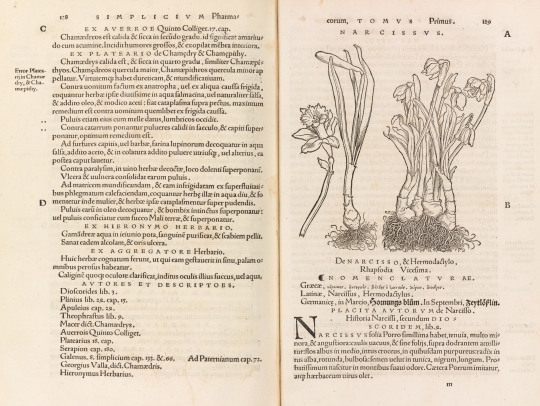
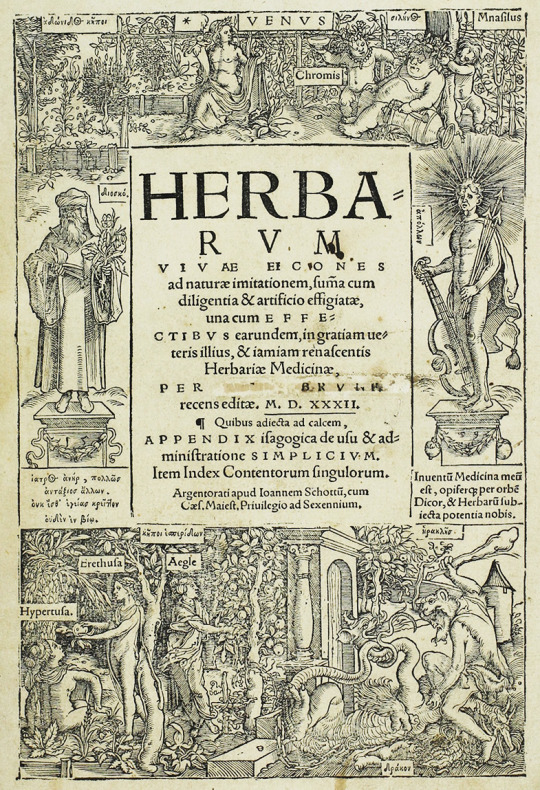


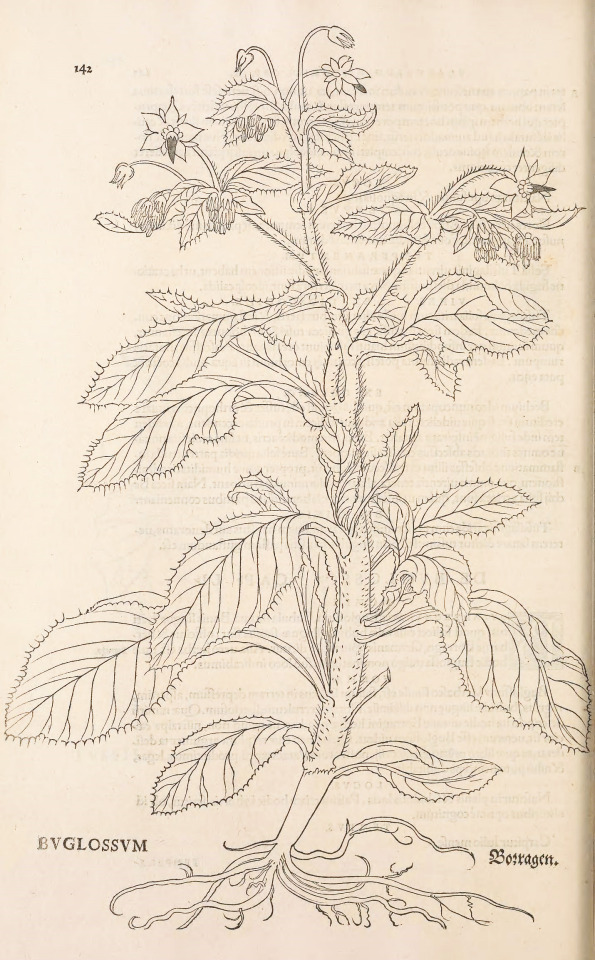

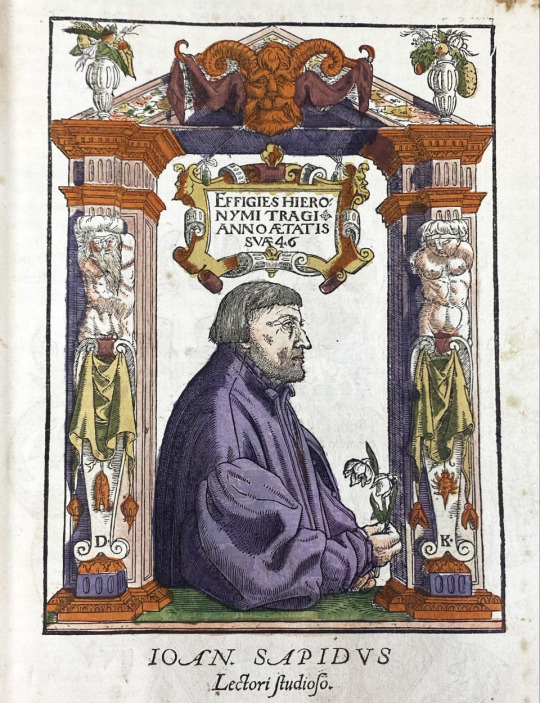
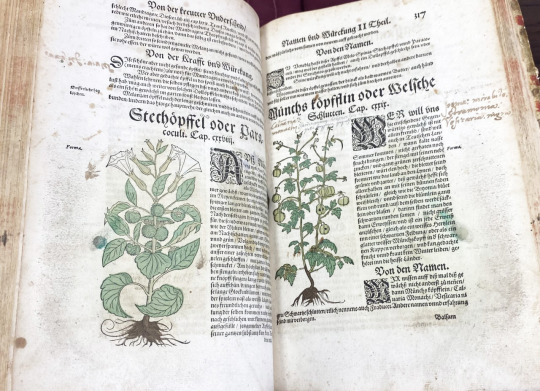

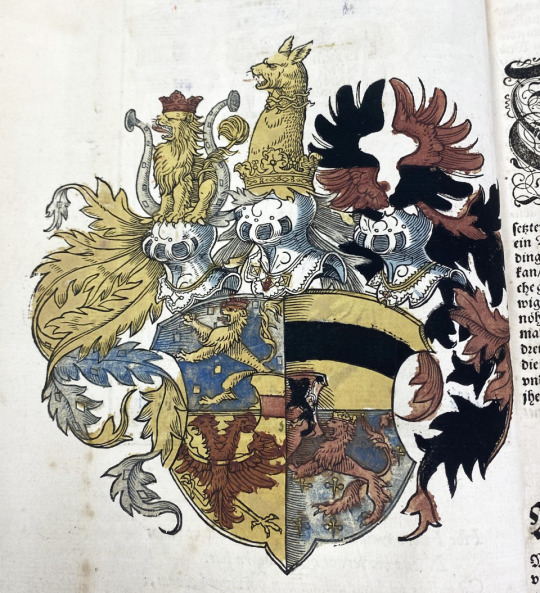
Summer Series: The Spectacle of Nature
The Three Founders of Botany
Botany in the West developed as a distinct discipline of scientific study in the 16th century. This is the period when the “Three Founders of Botany” Otto Brunfels, Leonhart Fuchs, and Hieronymus Bock published their great illustrated herbals. Prior to this, herbals were collections of plant knowledge passed down from ancient Greek scholars (as discussed in the previous post on the Ortus sanitatis, or “Garden of Health”) or local folk knowledge. The botany of the Aristotelian school of thought was largely forgotten in Europe after the fall of the Roman Empire and through much of the Middle Ages. These ideas were kept alive through the foundation of Greek schools in Syria, and the translations of classical Greek and Roman scholars throughout the Arab world. Eventually these Arabic translations were rendered into Latin and were re-introduced to western Europe in the 13th century.
Before the 16th century, the study of plants in the West was heavily tied to the utilitarian pursuits of medicine and agriculture. Brunfels, Fuchs, and Bock were all German physicians, but their systematic and observational study of plants set them apart from other naturalists who came before them. In The Science of Describing: Natural History in Renaissance Europe historian Brian W. Ogilvie wrote:
Unlike their medieval predecessors, Renaissance naturalists condemned the inaccurate or inadequate descriptions of the natural world that had been bequeathed from antiquity. The disparity between what they saw and what they read motivated careful investigation into the variety of the created world, and prompted the development of new descriptions modeled after the old. Initially, these descriptions were pictorial, but soon a technical descriptive language was elaborated that eventually took precedence, within the community (pg. 6).
As Ogilvie notes, illustrations played a key role in communicating new scientific knowledge about plants. The development of woodcuts that could be printed at the same time as metal text revolutionized natural history books during the early modern period in Europe.
Today we are focusing on three major figures in the development of botany in the West:
Otto Brunfels was born near Mainz, Germany in 1488 or 1489 and died in 1534. His book Herbarum vivae eicones (“Pictures of Living Plants”) was published from 1530 to 1536. The book is actually remarkable because of its illustrator Hans Weiditiz (1495-c1537) because he represented plants in a naturalistic way from observational drawings. Otto Brunfels’ text itself was not very innovative because it was mostly a compilation of previous writings. Images 1-3: Illustration of Narcissus plant from the Met’s Open Access Program, title page of Herbarum vivae eicones from Iowa State University Special Collections Department’s “The Three Founders of Botany” digital exhibit, portrait of Brunfels from Wikimedia Commons.
Leonhart Fuchs was born in 1501 at Wemding in Bavaria and died in 1566. Fuchs produced the botanical masterpiece De historia stirpium published in 1542 by Isingrin of Basle. Fuchs is known for promoting new scholarship in the study of plants. De historia stirpium features hundreds of delicate woodcuts. Fuchs oversaw the production of the illustrations for his herbal, which is made evident of the woodcut of the artist and sculptor. Images 4-6 from Wikimedia Commons and the Biodiversity Heritage Library.
Hieronymus Bock was born in Heidelsheim or Heidersbach, Germany in 1498 and died in 1554. Bock was encouraged to write his herbal by Otto Brunfels. The first edition of Bock’s Kreütterbuch was printed in Strasburg by Wendel Rihel in 1539 and it did not have illustrations. Illustrated versions started appearing in 1546 and contained many woodcuts based on the illustrations found in the herbals of Brunfels and Fuchs, along with illustrations by David Kandel who is responsible for the portrait of Bock. Images 7-10 in this post are photographs I took of UW-Madison’s hand-colored copy of Kreütterbuch from 1577. Hieronymus Bock’s major advancement in botany was not from the illustrations in Kreütterbuch, but from his simple accurate written descriptions of plants based on his own observations.
I will do more in-depth posts about Leonhart Fuchs and Hieronymus Bock in the future because I had the chance to view their herbals in person at UW-Madison Special Collections this summer!
View more posts in the Summer Series: The Spectacle of Nature.
–Sarah, Special Collections Senior Graduate Intern
#Summer Series#The Spectacle of Nature#The Three Founders of Botany#Otto Brunfels#Leonhart Fuchs#Hieronymus Bock#Herbarum vivae eicones#botany#botanical illustrations#plants#flowers#herbal#herbals#scientific illustrations#De historia stirpium#Kreütterbuch#UW Madison#botanical art#woodcuts#hand colored#Sarah Finn#sarah
177 notes
·
View notes